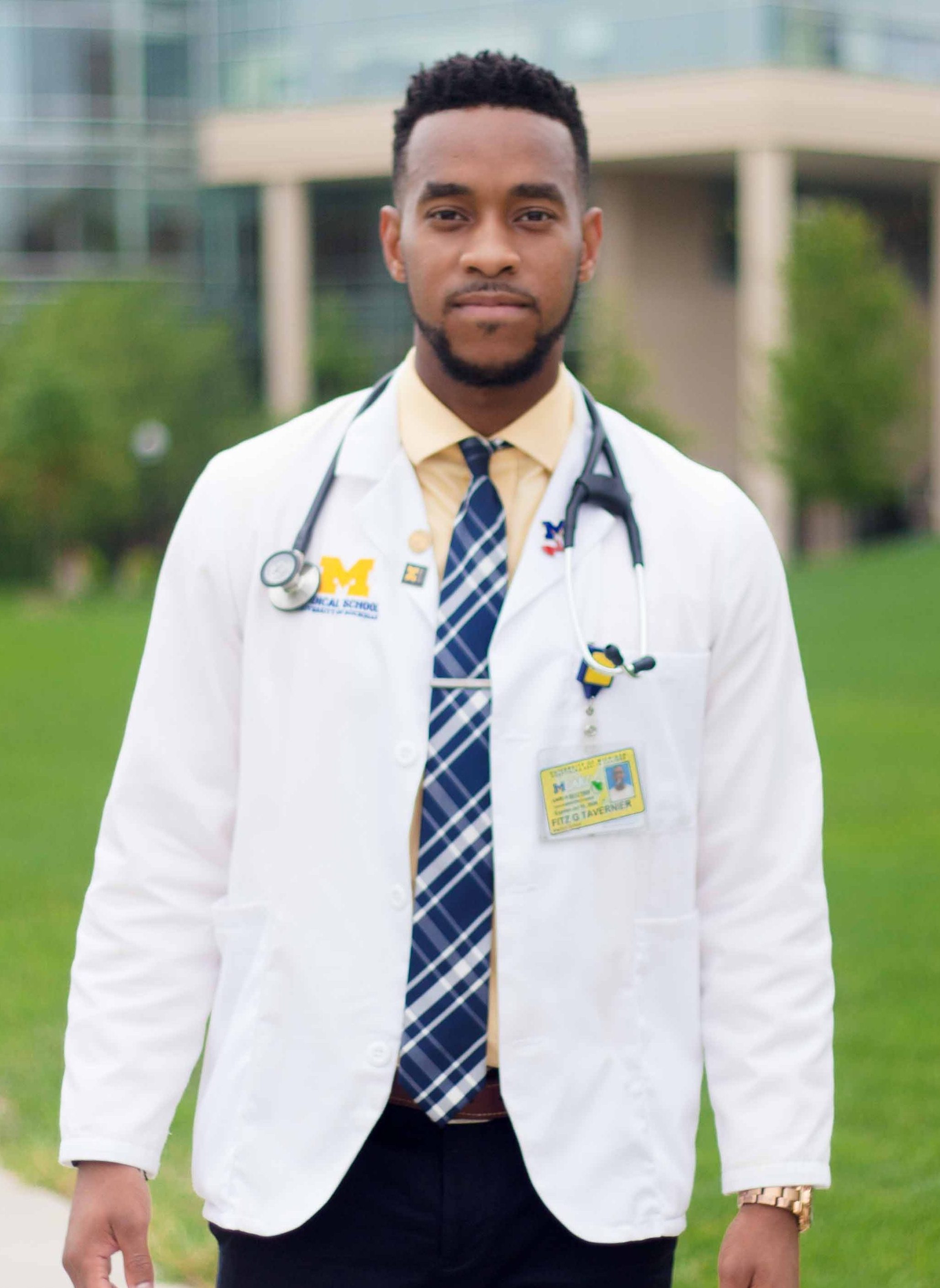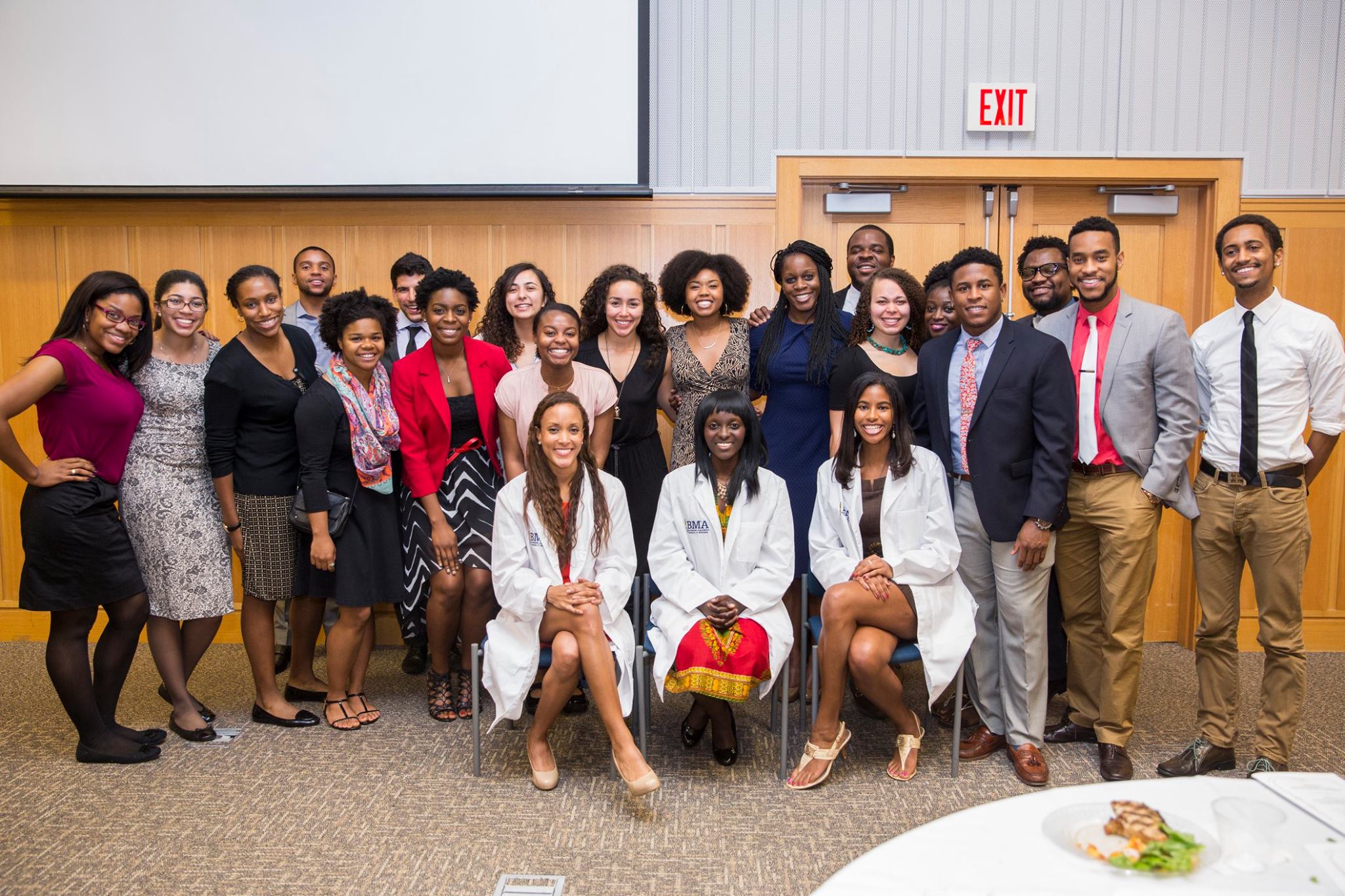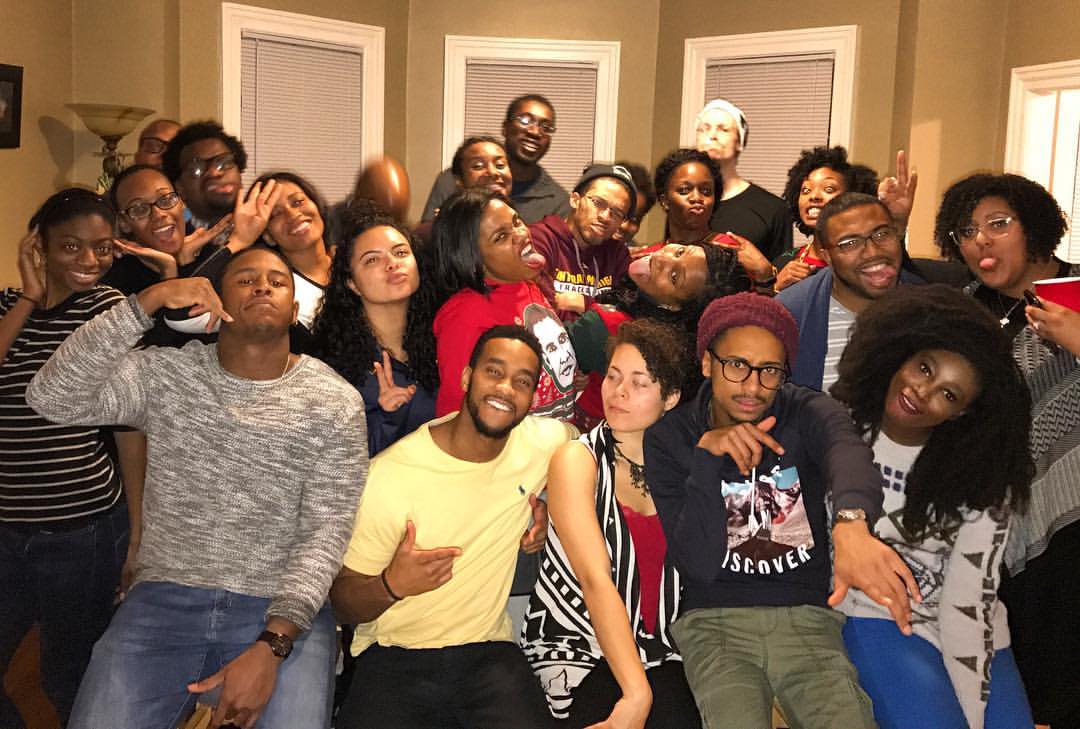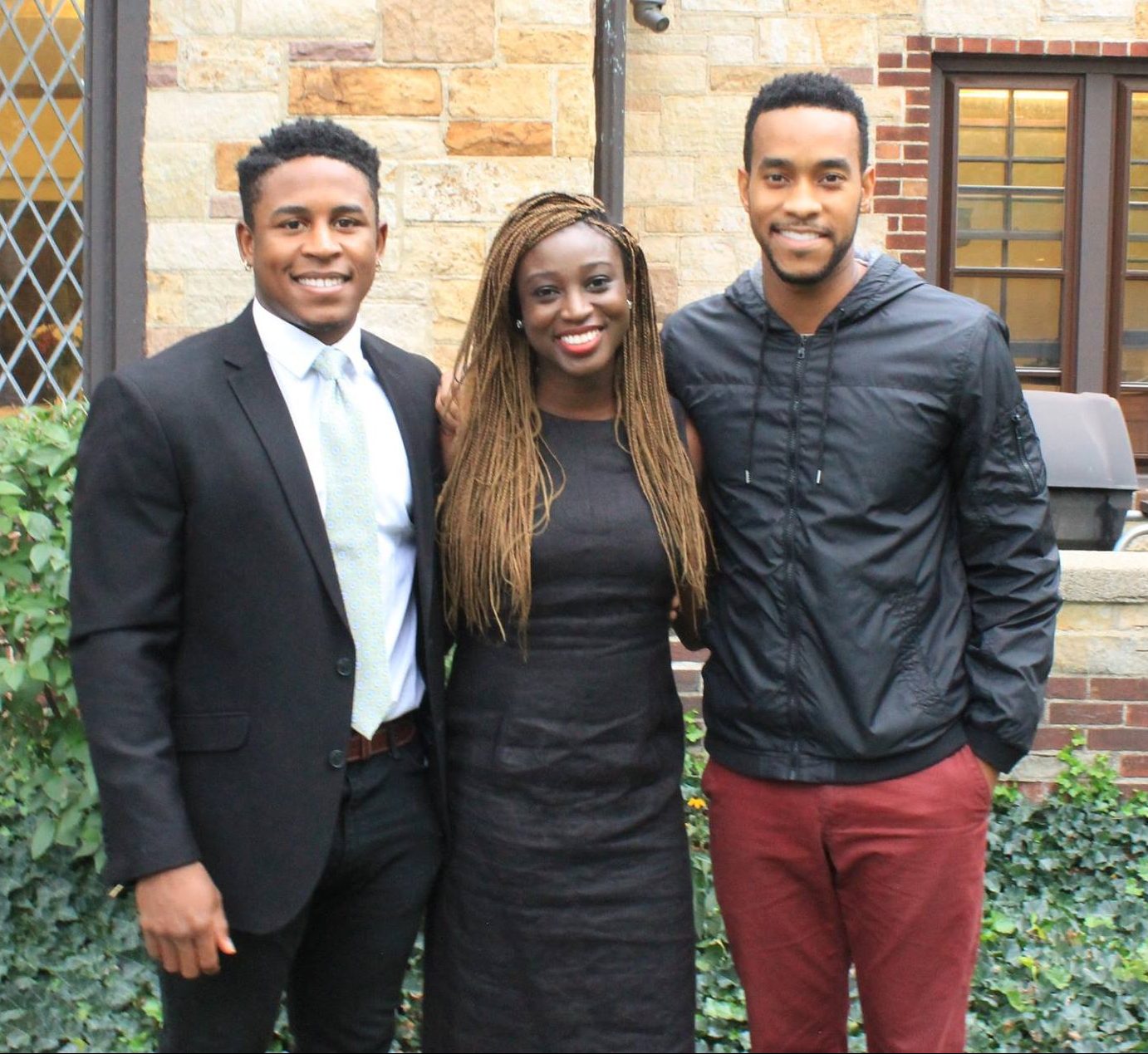The Journey to Medicine: Representation is crucial. Retention is imperative. (Part 2)
I’ve noticed on firsthand basis the saddening pattern of students of color entering undergrad with their sights set on becoming physicians only to turn away from their dream. The black community here at U of M is small, but when I was a freshman, I had countless friends and acquaintances in the double digits, all of whom were black males and were pre-med. By the time I was a junior, I only knew of three in my class alone, including me. Just three. The pattern was the same for our female colleagues. Many students received that 45% and called it quits. I witnessed some of my close friends do just that. They were not lazy or intellectually incapable, but it was hard to see the light at the end of the pre-med tunnel.

If you can’t retain those interested in pursuing a career in medicine at the undergraduate level, then representation becomes a train with no track.
From my personal experience, when discussing ways to improve diversity in the medical field and increasing the amount of underrepresented groups, representation is usually somewhere at the forefront of that conversation, especially regarding African Americans or other groups of color. Obviously there are numerous contributing factors, and representation is not the only substantial barrier these underrepresented groups face. However, retention rates for undergrad pre-meds is a major barrier that also needs to be at the forefront of the discussion.
What can we do to ensure that students of color who already have an interest in medicine once they enter undergrad stay on said path? If you can’t retain those interested in pursuing a career in medicine at the undergraduate level, then representation becomes a train with no track.
According to a statistical analysis report by the U.S. Department of Education (Table 2) regarding STEM attrition rates between 2003-2009, among students who were interested in a STEM field at the point of entering or the beginning of their bachelor’s degree, black students had the highest rates of leaving post-secondary enrollment without a degree (29.3%) and the highest rates of switching to a non-STEM field major (36%). These are considerably higher attrition rates in comparison to their white counterparts (19.8% and 28.1%, respectively). Hispanic students also had higher attrition rates (23.1% and 26.4%, respectively) than whites. This raises the question: how can we combat the discrepancy in attrition rates among black pre-meds? What is causing black students to switch at a higher rate?
Aside from academic difficulty, one of the most crucial aspects of the journey of medicine is the feeling of isolation. It’s a constant strain. The pre-med phase in particular does not foster collaboration. It’s as if there’s an academic competition where your best chance of winning the golden prize of a medical school acceptance letter is to avoid altruism at all cost. As a minority or person of color, that puts you at a further disadvantage.

The Black Medical Association’s (BMA) annual senior banquet celebrating our graduating seniors’ achievements, including matching to competitive residency programs.

BMA’s annual Christmas party, one of many social outings throughout the year that aid in keeping our support system and community strong.
This is due to the simple fact that the higher you go, the fewer people you see around you who look like you. Thus, there are fewer individuals with similar experiences who can help you stay motivated and supported throughout the process. I wholeheartedly know that one of the major contributions that aided me in successfully enduring the long strenuous, but ever so rewarding, journey leading up to medical school was one simple aspect. The fact that I was able to find other people who looked like me to endure the journey with me. Although scarce, especially as upperclassmen, going through the motions with other pre-medical students of color allowed me to make it through sanely and stay motivated. And even now, other medical students of color continue to do so.
One notable approach to increasing retention rates among pre-med students is one used by The Meyerhoff Scholars Program at the University of Maryland, Baltimore County. Recognized by the National Science Foundation and The New York Times as a national model, they have gained attention for their program’s success regarding funneling and retaining minority students in the STEM field. Although their main focus is on students pursuing doctoral studies in the sciences and engineering, their model can be used as a platform for establishing medically related programs in the future. Such a model is built on: “the premise that, among like-minded students who work closely together, positive energy is contagious. By assembling such a high concentration of high-achieving students in a tightly knit learning community, students continually inspire one another to do more and better.” Among many things, their model clearly attenuates the isolated feeling of the STEM or medical field journey for undergraduate minorities.
I look at the field of medicine as a primary approach to preserving life. Medicine is one of the few, if not only, languages that is universal to cultures and communities regardless of race, ethnicity, gender, sexual orientation, etc. As a first-generation African American male of Caribbean descent who is underrepresented in the medical field, I personally see medicine as an avenue for me to use my physical and mental tools to continue to give back to minority communities that surround me, combat the ever prevalent force of health care disparities, increase minority representation and advance the field of medicine as a whole. There are many ways along the student-to-physician pipeline that we can intervene to do so. Although representation is crucial, retention of those who already have interest (potentially through successful efforts of representation) is imperative.
To all the pre-medical students of color out there who have their sights set on a dream that ends with M.D., don’t be afraid to fail. Don’t be afraid to ask for help. Take on your failures and learn from them. Peer-to-peer mentoring is just as important as any other form of mentorship, so it is critical that you find friends with similar interests to endure the process with from the jump. Motivation is contagious and, for this journey, motivation is a constant necessity. Take the same pre-med classes semester by semester if your schedules permit, study together, share resources, constructively push one another and hold each other accountable. Pass the fruits of your success to those who come after you.

Fellow M3s Kristian Black (left) and Rose Bamfo (middle) alongside myself. The close-knit friendship and support system the three of us have formed since matriculating made the first two years of med school beyond bearable.
Lastly, realize that everyone’s path to medicine will be different, so be patient with yourself and the process. These things are important for all pre-med students regardless of race or ethnicity but especially for those of color. The journey to medicine is not easy. That’s the honest truth. But anything worth having is surely worth overcoming the adversity that’s attached to your lifelong goals.
(Read Part I of my post here.)
Fitz Tavernier Jr. is a third-year medical student at the University of Michigan Medical School. He’s most interested in pursuing a career in pediatric anesthesiology and enjoys any and everything that involves food. He can be followed on Instagram @fitz_jr4

